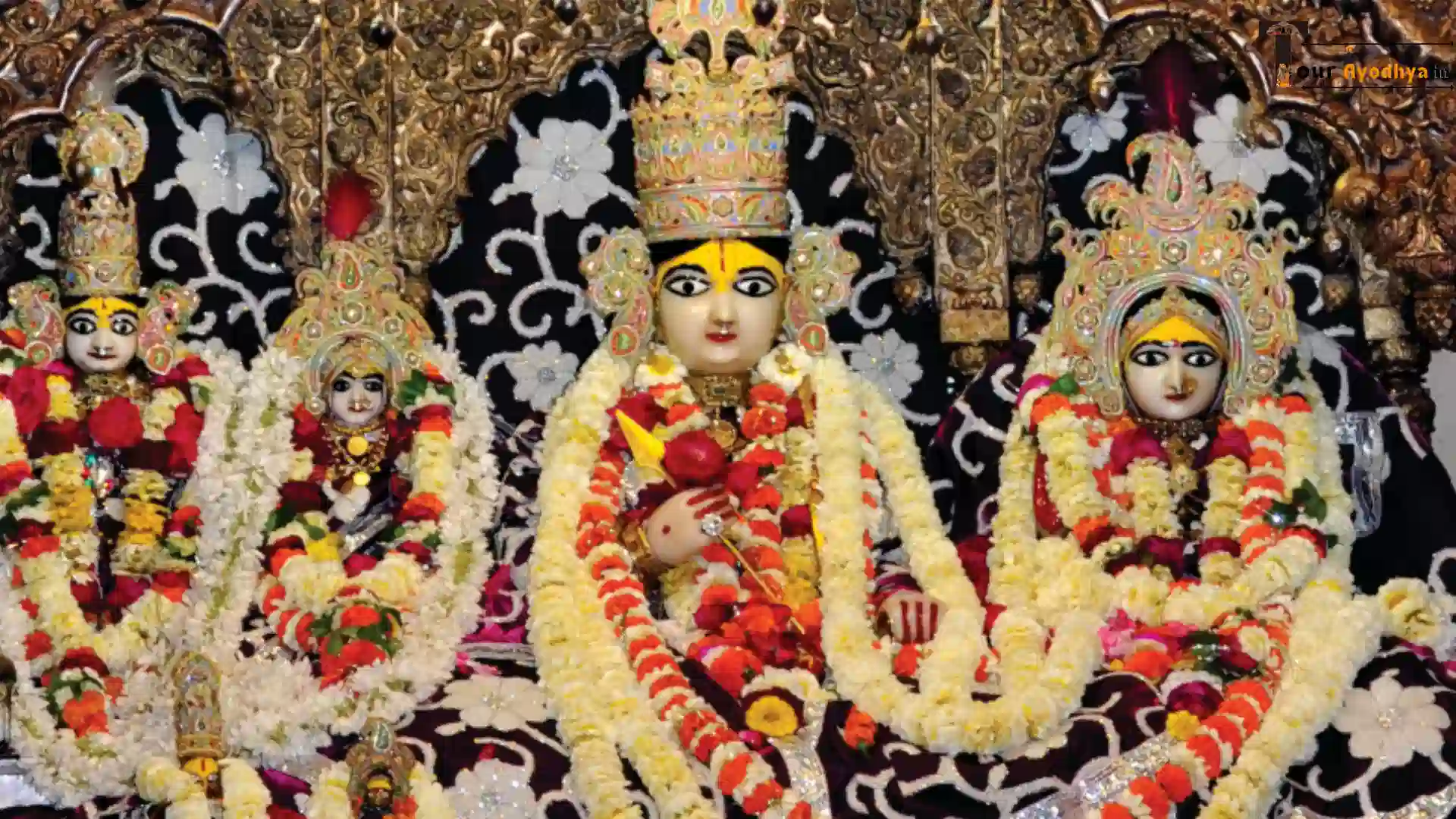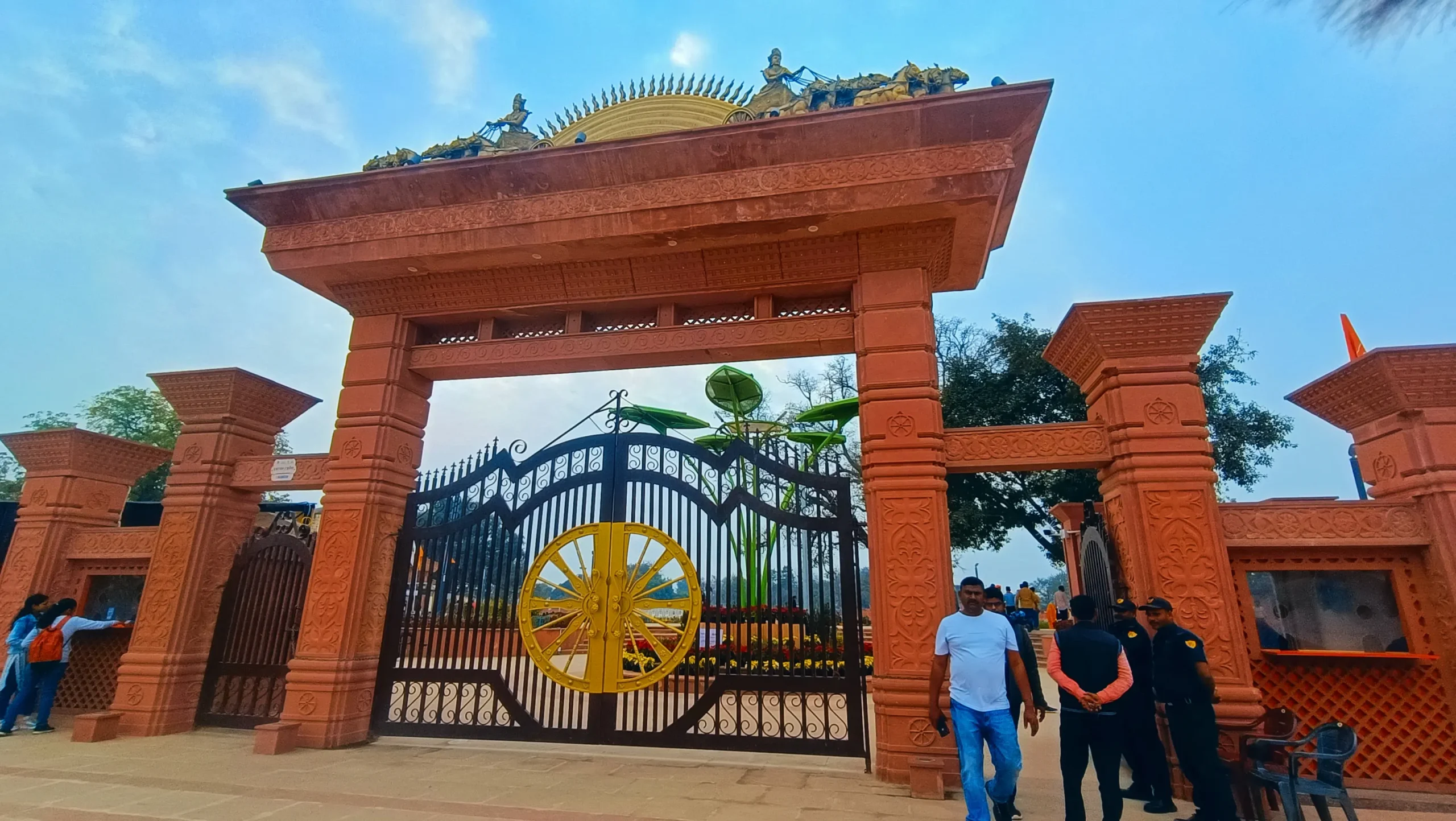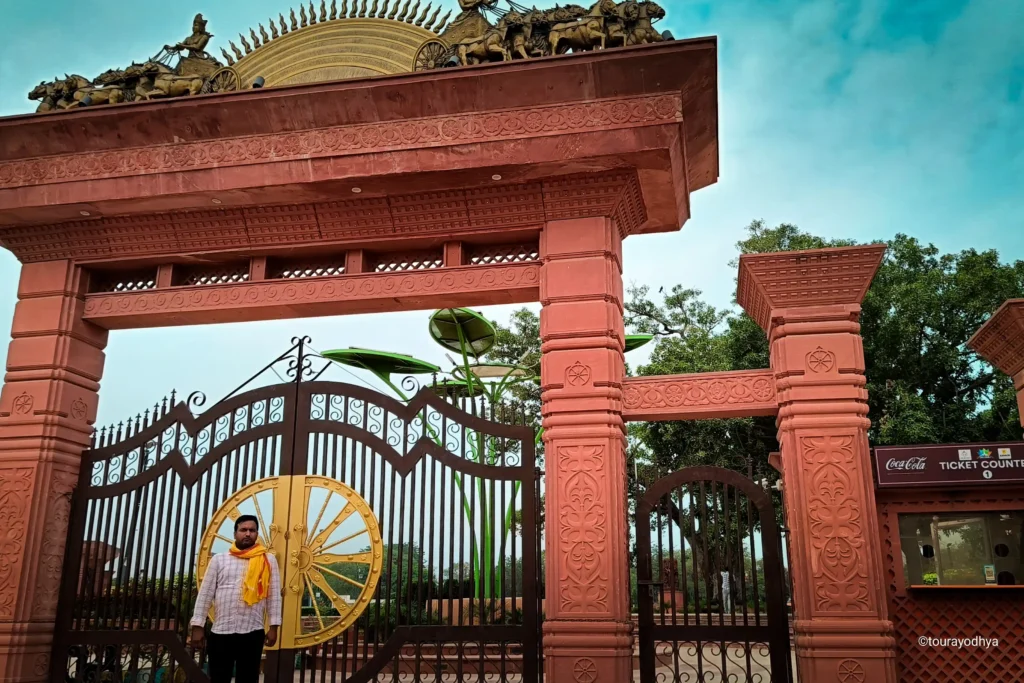
Ayodhya, also known as Saket, is a city of profound spiritual and historical significance, revered as the birthplace of Lord Rama, an incarnation of Vishnu and the ideal human. Nestled on the banks of the sacred Saryu River, Ayodhya is one of the seven most sacred cities in Hinduism. Among its many hallowed sites is Surya Kund, a place deeply connected to the divine lineage and ancient traditions of this holy city.
Surya Kund Ayodhya: A Sacred Oasis of Light and Devotion
Surya Kund, also known as Goshark Kunda, is a large and revered lake in Ayodhya. It holds a unique position in the city’s spiritual landscape, primarily due to its association with Suryadeva, the sun god, and the ancient Ikshvaku dynasty, to which Lord Rama belonged.

Introduction to Surya Kund
This sacred water body is named after King Gosha of the Ikshvaku dynasty, highlighting its long-standing royal and religious connections. A small, beautiful temple dedicated to Suryadeva graces its banks, serving as a testament to its enduring importance.
Location and Geographic Importance
Surya Kund is situated on the outskirts of Ayodhya, specifically encountered on the route when returning from Nandigram. Its precise location is to the south of Urvashi Kunda and north-west of Dasharatha Kunda, positioned near the Panchkoshi parikrama path in Ayodhya. This placement within the broader pilgrimage routes underscores its integral role in the Ayodhya Dham Yatra.
Architectural Features
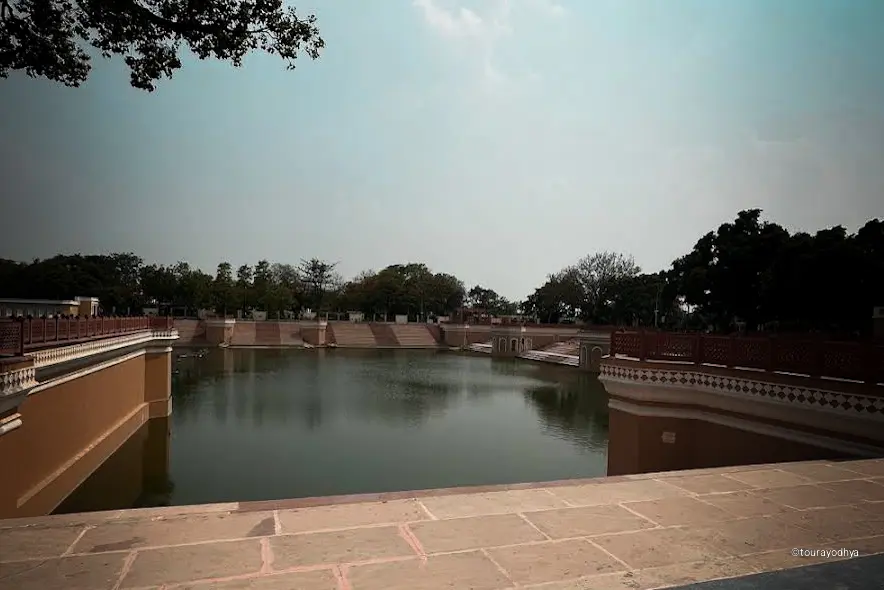
The primary architectural feature of Surya Kund is its nature as a “big lake”. Complementing this natural expanse is a “small, beautiful temple of Suryadeva” situated on its banks.
Historical and Cultural Significance
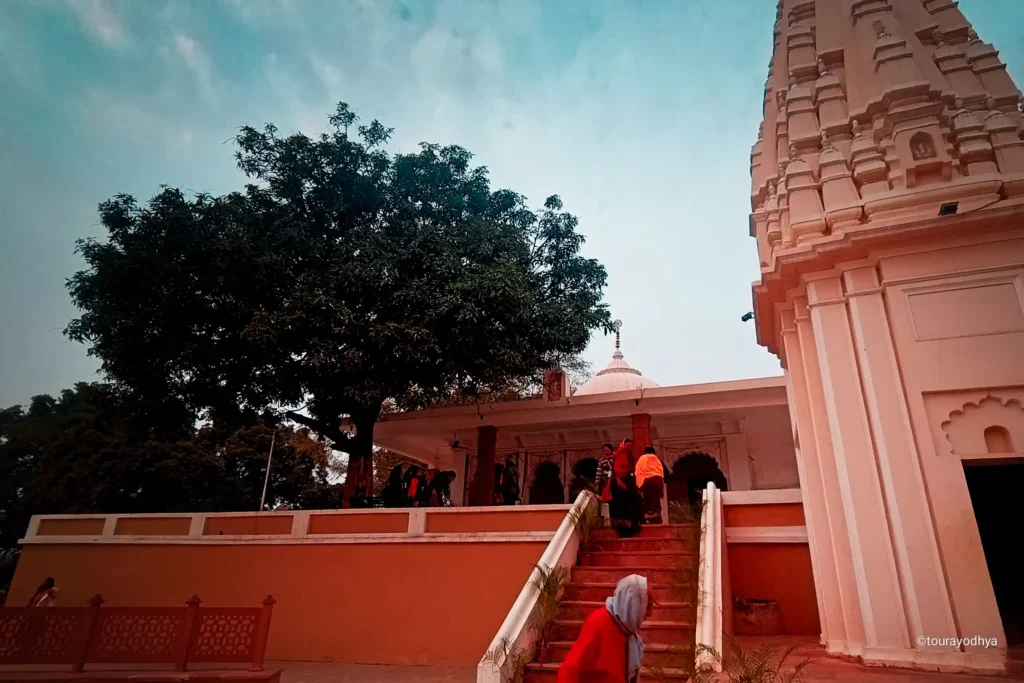
Surya Kund’s significance is deeply rooted in the history of the Ikshvaku dynasty, whose members revered and worshipped Suryadeva here, considering him the lord of their dynastic lineage. The glories of Surya Kund are explicitly described in the Ayodhya Mahatmya section of the Skanda Purana, an ancient Hindu scripture that attests to Ayodhya’s spiritual importance.
A captivating legend associated with Surya Kund explains its profound sacredness: After Lord Rama’s appearance in Ayodhya, Suryadeva yearned to behold his Lord in infant form. He waited at this very spot to meet the Lord. This divine pause caused the entire cosmos to become still. Consequently, Lord Rama was compelled to meet Suryadeva swiftly. Impressed by Suryadeva’s devotion, this became his chosen abode in Ayodhya, thereby becoming known as Surya Kunda.
Religious and Ritual Usage
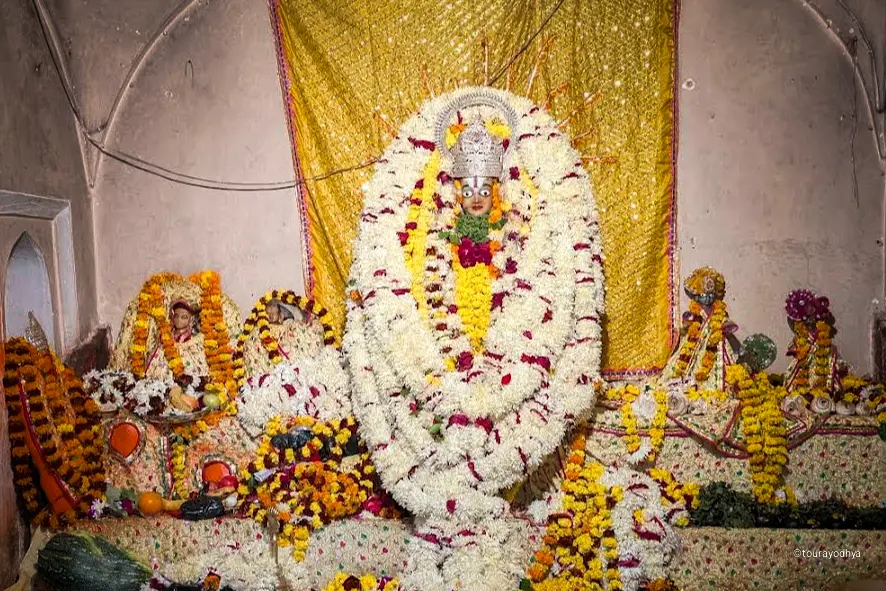
Historically, Surya Kund was a significant site where the members of the Ikshvaku dynasty worshipped Suryadeva. The general spiritual atmosphere of Ayodhya encourages devout practices. For instance, the Saryu River, another vital water body in Ayodhya, is a popular bathing spot, especially during festivals, where pilgrims take holy dips for spiritual merit. By extension, sacred kundas like Surya Kund would naturally be sites for reverence and possibly ritualistic bathing, though this is not explicitly stated for Surya Kund in the sources.
Timings Of Surya Kund
06:00 AM to 12:00 PM – 04:00 PM to 09:00 PM
Special Events and Attractions
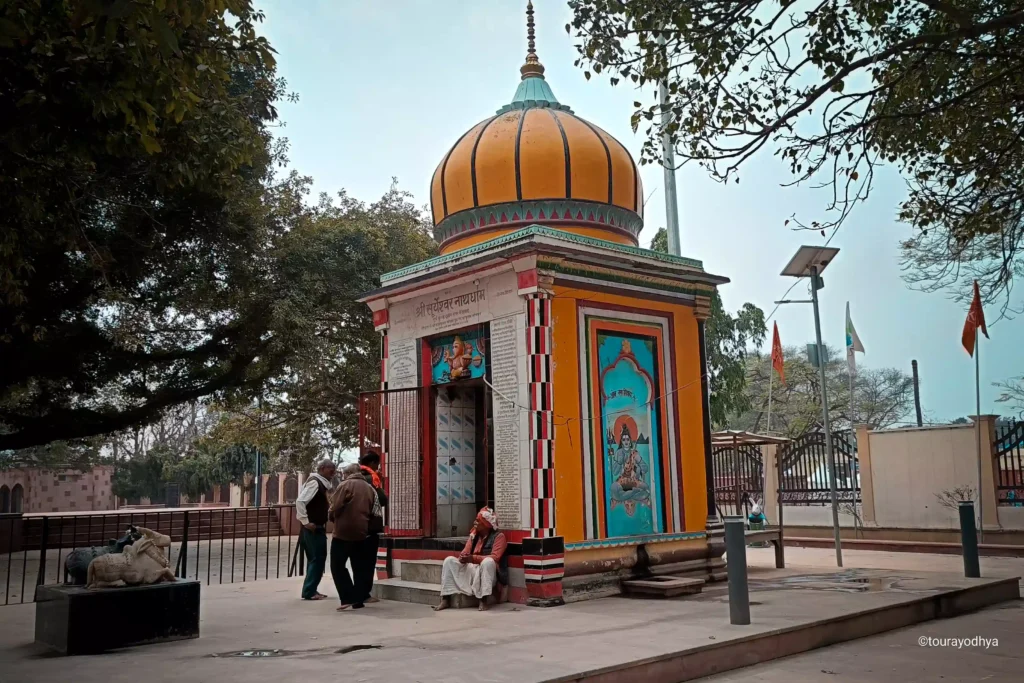
- Laser Show:
- Held every evening at 6:30 PM and 7:00 PM.
- The show lasts for approximately 30 minutes and uses 3D projections to depict stories from the Ramayana and the significance of Surya Kund.
- Entry Ticket: ₹30 per person.
- Aarti:
- An evening aarti takes place at 7:00 PM on Sundays
Location Of Surya Kunda
Address – Harlalka Rd, Darshan Nagar, Ayodhya, Shanawa, Uttar Pradesh 224135 , Q626+V7 Ayodhya, Uttar Pradesh
FAQ’s Surya Kund Ayodhya
How to reach Surya Kund?
Surya Kund is located on the outskirts of Ayodhya, along the path when returning from Nandigram. Ayodhya itself is well-connected by rail from throughout India. It is also a 135 km (2.5-hour) drive from Lucknow, the capital of Uttar Pradesh. Furthermore, the city will soon be served by the Maryada Purushottam Shri Ram International Airport, enhancing its accessibility for visitors.
What is Surya Kund?
Surya Kund is a large, sacred lake in Ayodhya, also known as Goshark Kunda. It is named after King Gosha of the Ikshvaku dynasty, whose members worshipped Suryadeva (the sun god), their dynastic lord, at this site. The kunda is believed to be the spot where Suryadeva waited to see the infant Lord Rama, causing the cosmos to halt. A small, beautiful temple dedicated to Suryadeva also stands on its banks.
How many days should you spend in Ayodhya?
The ideal duration for a visit to Ayodhya depends on the depth of your desired experience. The sources mention various circumambulation (Parikrama) routes, ranging from shorter circuits like the Panchkoshi Parikrama (16 km) to the extensive Chaurasi Koshi Parikrama (275 km), which typically takes 22 days. While a general visit to key sites like Hanuman Garhi, Ram Janmabhoomi, Dasaratha Mahal, Kanak Bhawan, and the Saryu River Ghats could be covered in a couple of days, undertaking a full parikrama would require a much longer stay. The sources do not specify a general recommended number of days
Why should you visit Ayodhya?
Ayodhya is revered as the birthplace of Lord Rama, an incarnation of Vishnu and a symbol of ideal human values and Indian culture. It is considered a manifestation of Lord Vishnu’s transcendental abode, beyond material limitations. Visiting the Ram Janmabhoomi is believed to bestow immense spiritual merit and liberation from the cycle of birth and death. Ayodhya is also one of the seven “Mokshadayika Puris” (cities that grant liberation), where simply dying is believed to ensure the soul’s liberation. The city is undergoing a significant transformation to become a major spiritual and tourist destination, offering a unique blend of ancient heritage and modern infrastructure.




